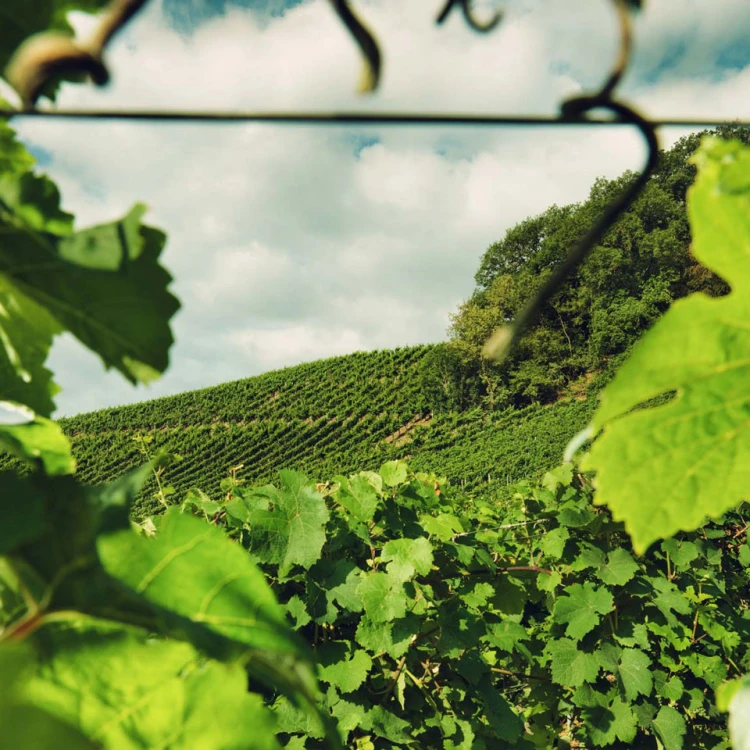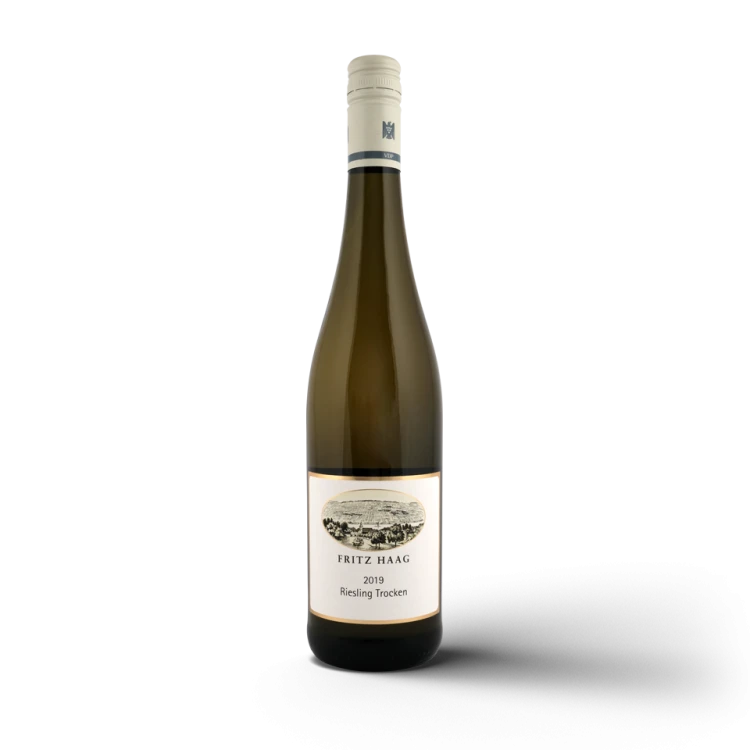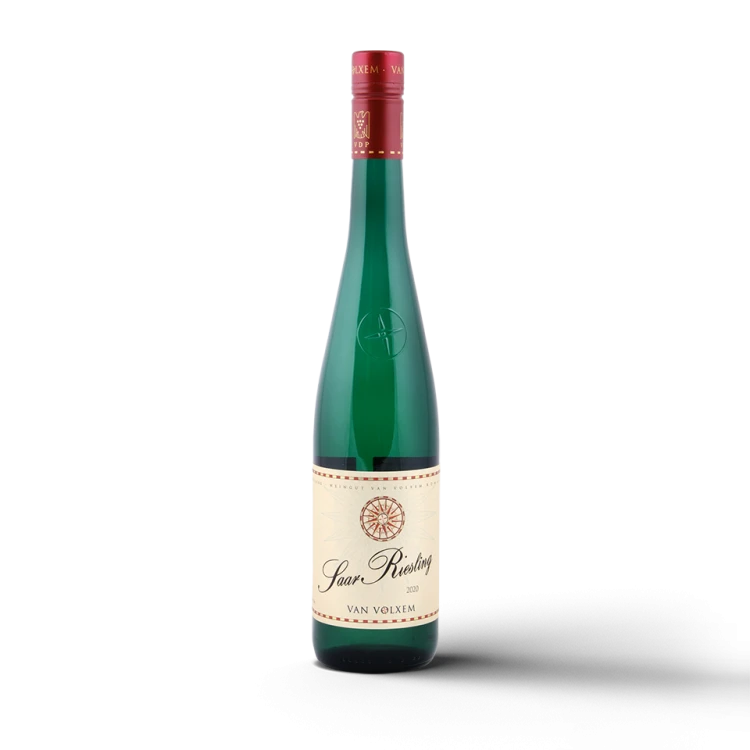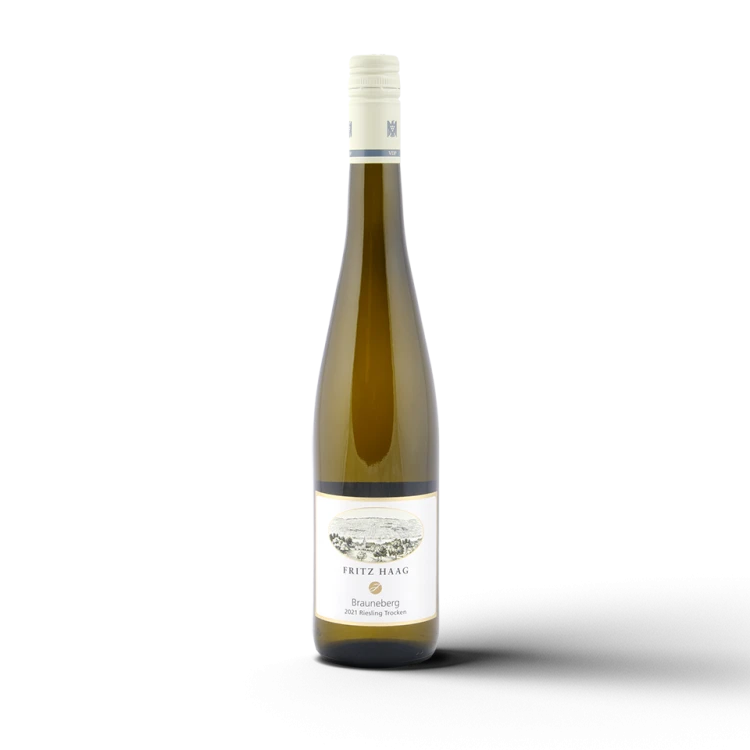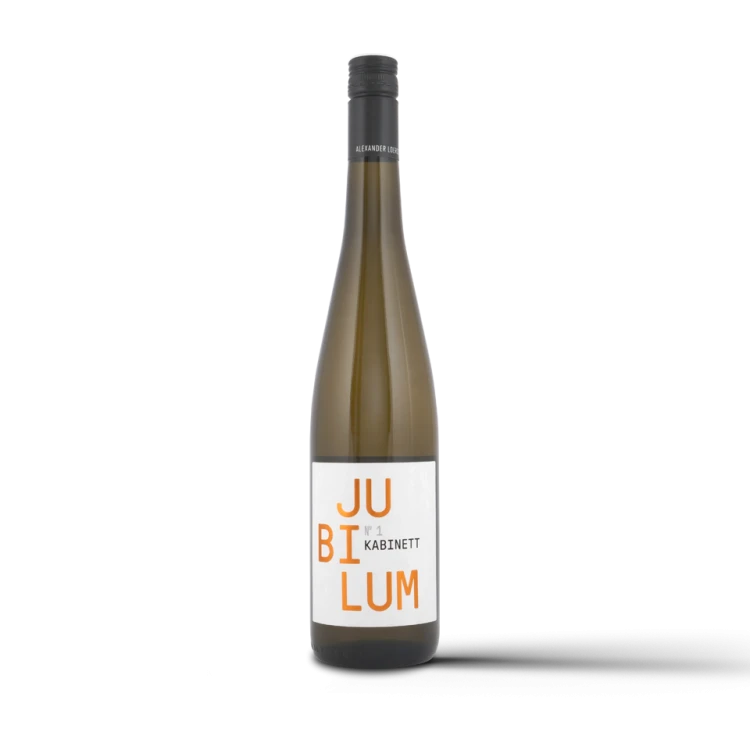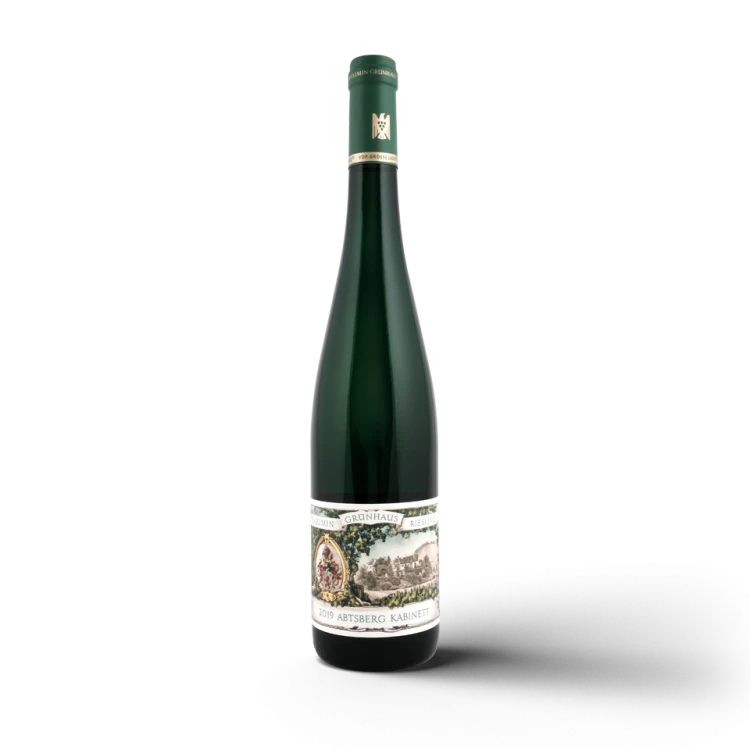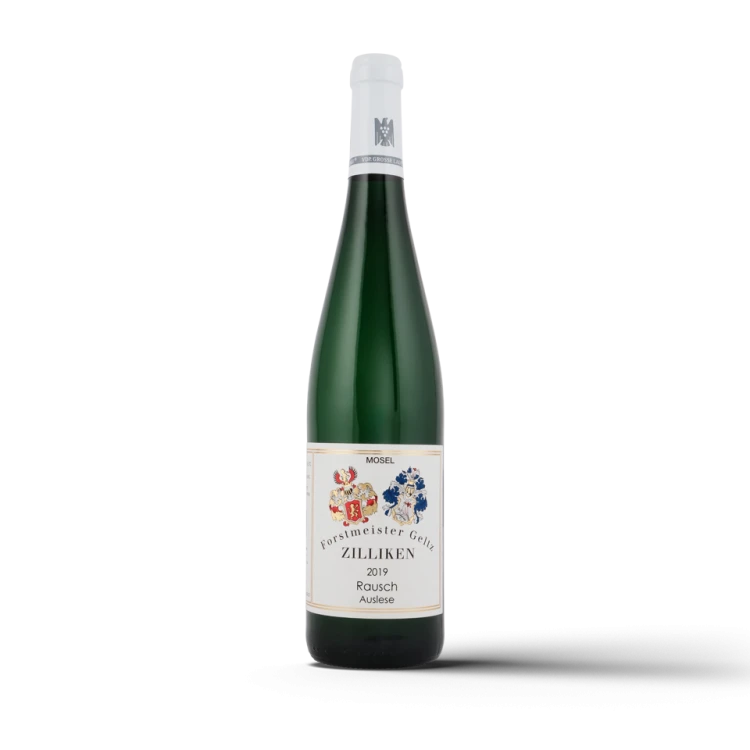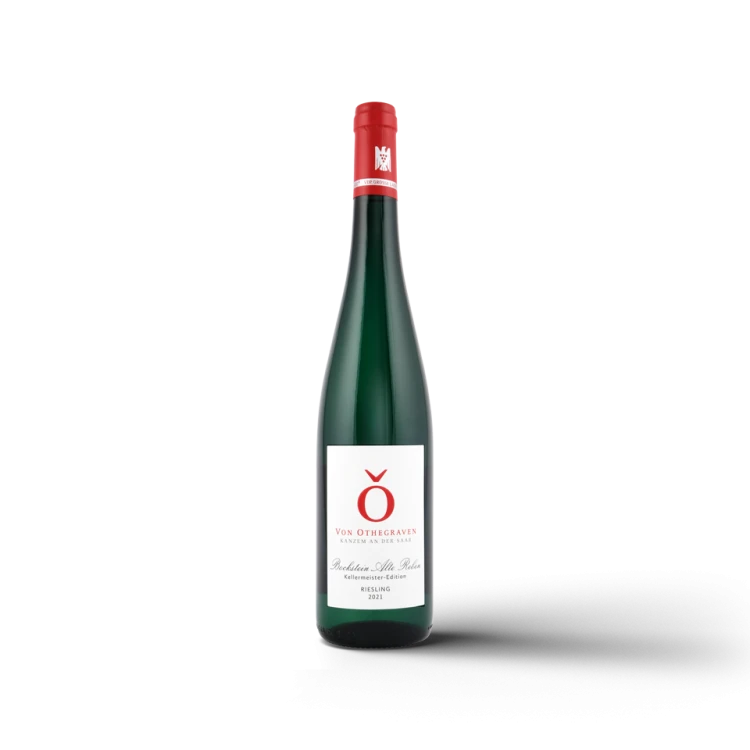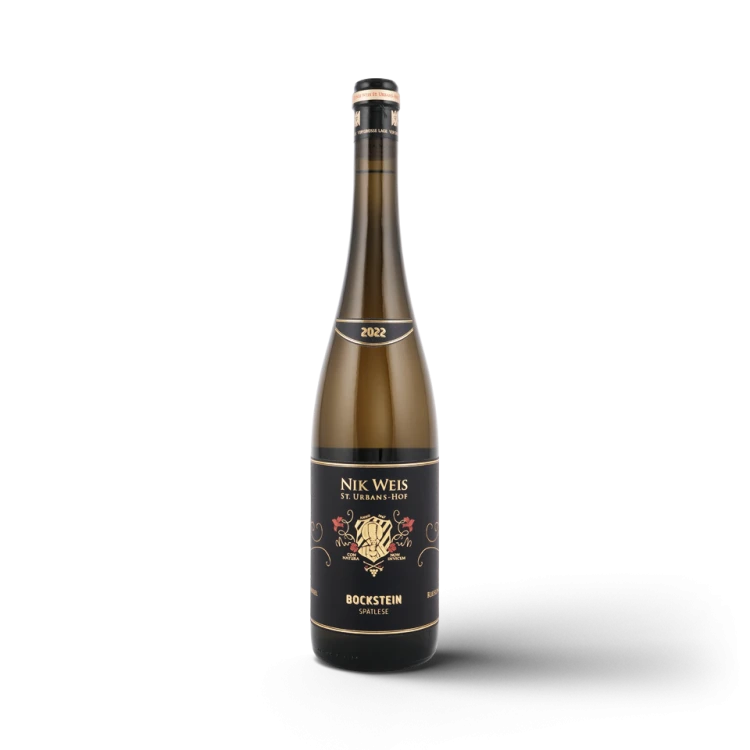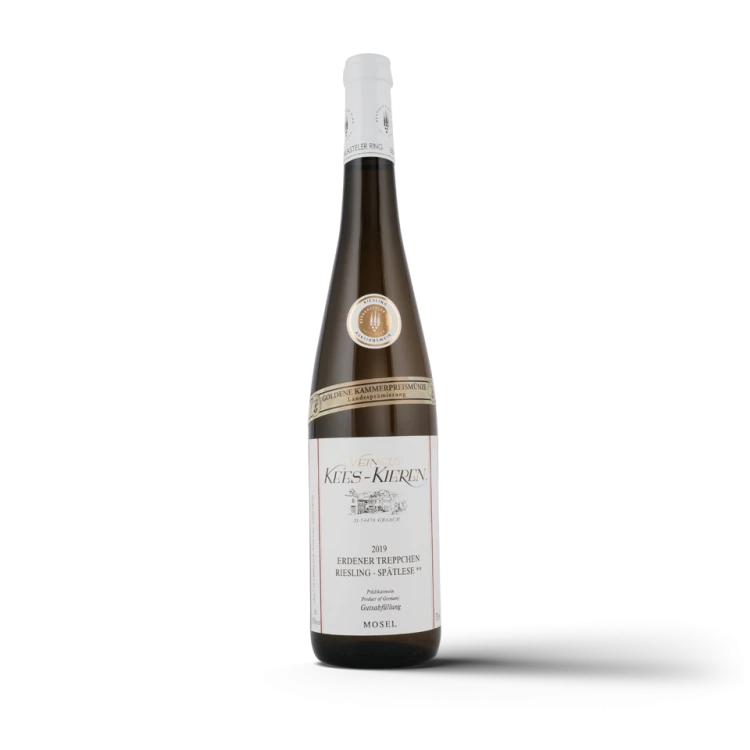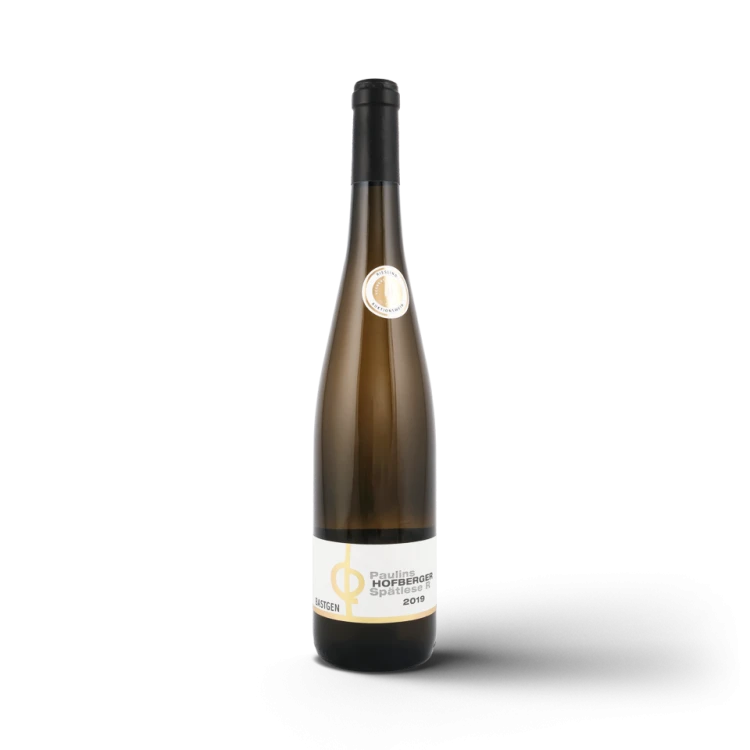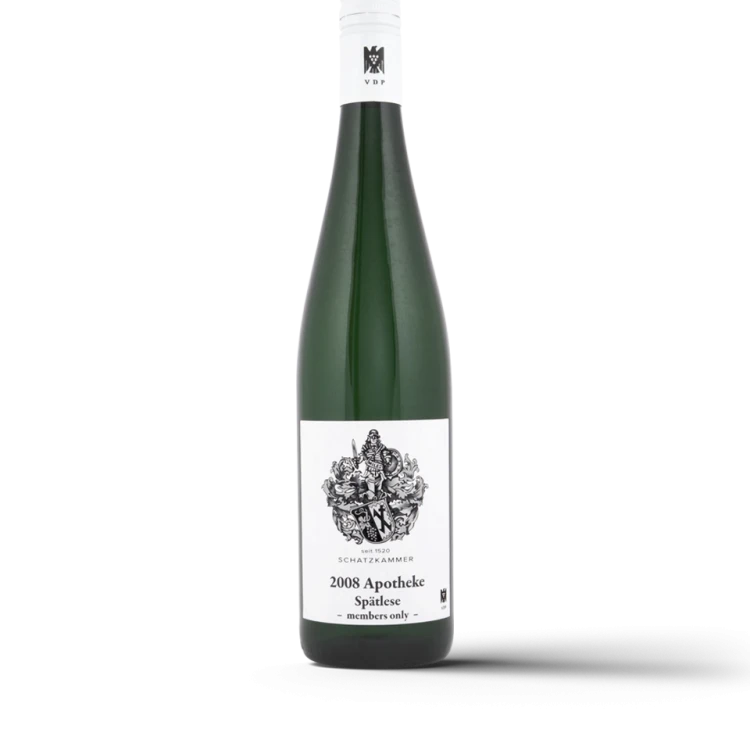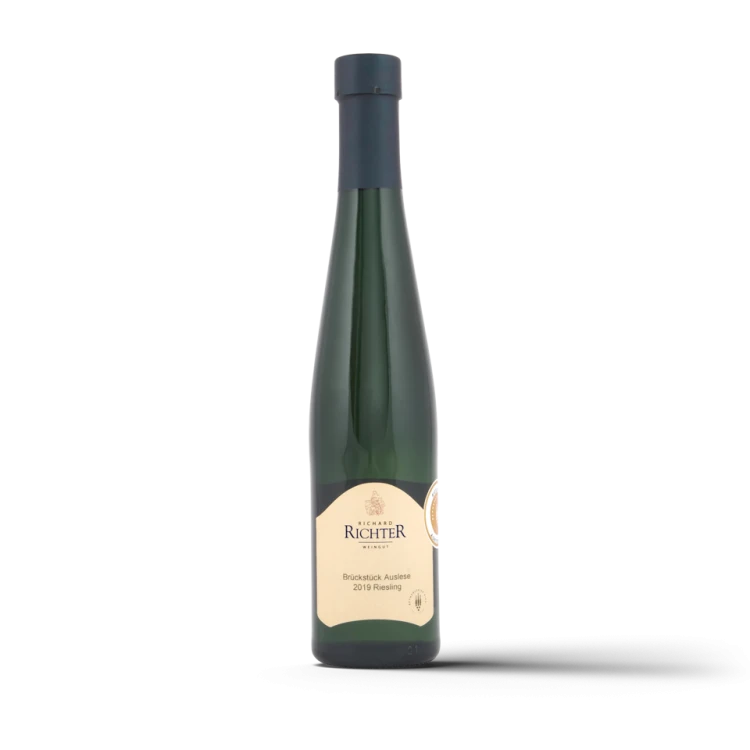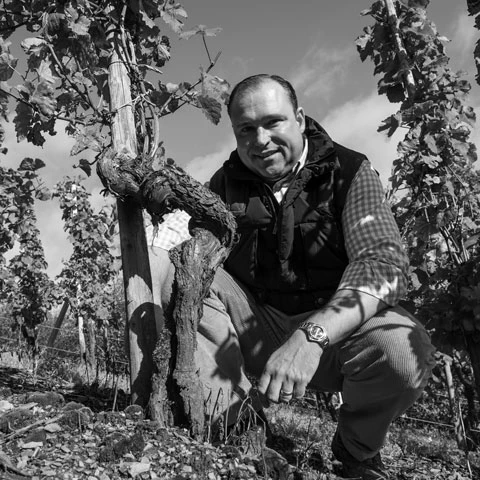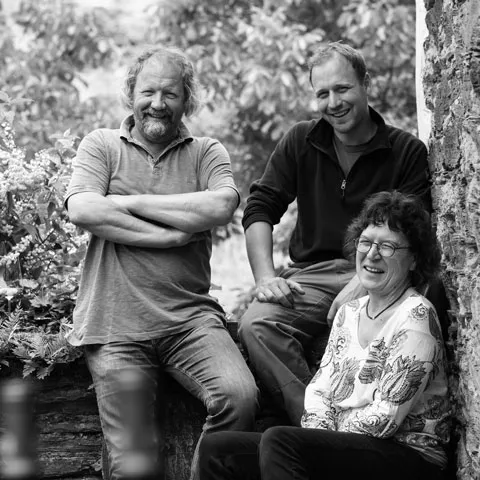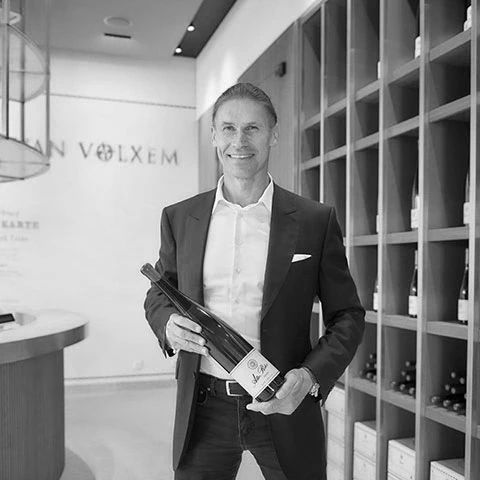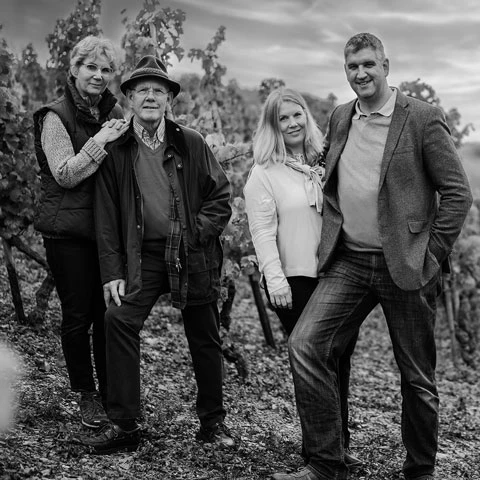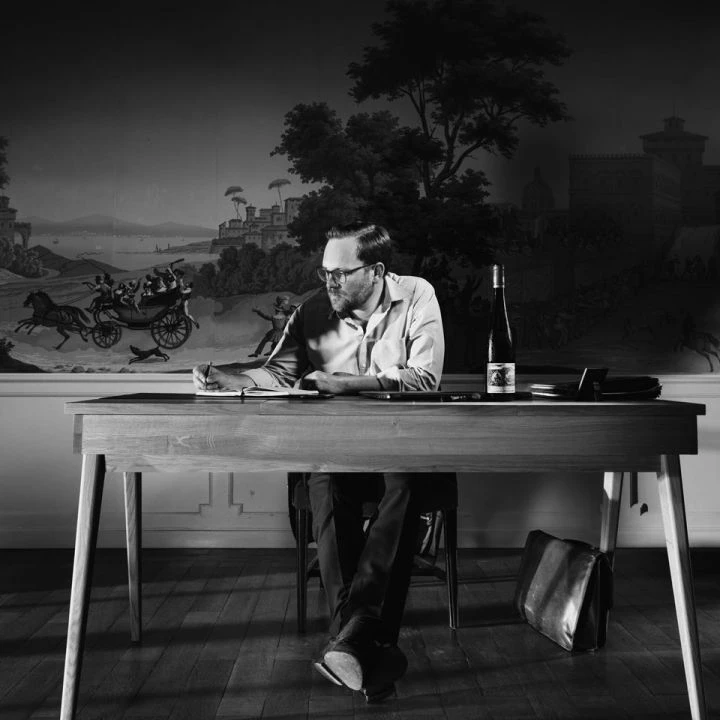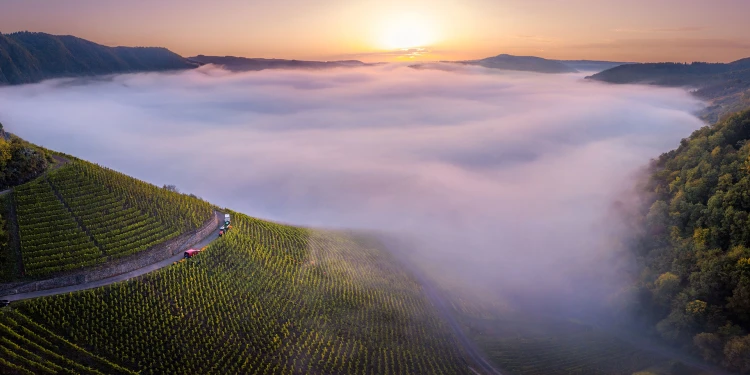Not all Moselle wines are the same
Speaking of Maximin Grünhaus ... Of course, not all Mosel wines are the same ... The Moselle wine-growing region stretches from the Luxembourg border to the mouth of the Rhine near Koblenz, covering four zones on the Moselle and two on the Saar and Ruwer tributaries. The smallest area is the Moselle gate at the Dreiländreck. The Upper Moselle zone comprises the upper part of the German Moselle, as the river has already travelled 278 kilometres into France, where winegrowing is also practised. At the border triangle, the river leaves France and is initially a border river between Luxembourg and Germany for 36 kilometres until the Saar flows into the Moselle and the soil structure changes completely. The Upper Moselle is the last spur of the Paris Basin with 670 hectares of shell limestone, Keuper and marl soils, on which Burgundy and Elbling varieties in particular thrive.
Slate dominates from Konz onwards. The Saar area covers 720 hectares and 22 individual vineyards. These include the world-famous Scharzhofberg vineyard. The Middle Moselle begins after the city of Trier, but is immediately interrupted by the mouth of the Ruwer. Here there are 200 hectares, almost exclusively steep slopes with some of the oldest, pre-Roman vineyards.
The heart beats on the Middle Moselle
From Schweich to just before Zell, famous village, vineyard and winery names follow one another. These include Würzig, Wehlen, Zeltingen, Erden or Zeltinger with vineyards such as the Ürziger Würzgarten, the Wehlener Sonnenuhr, the Erdener Treppchen or the Berncasteler Doctor. From Zell onwards, it becomes even steeper and the Moselle meanders even more narrowly through the valley. Anyone who has climbed down one of the vineyards here will have an idea of what the Moselle winegrowers do every day. The Bremmer Calmont has a slope inclination of up to 68 degrees - that's an incredible 248 per cent. The Riesling here is grown on tiny terraces that have been wrested from the mountain. This work is only worthwhile if the winegrowers are well paid for their wines, as the labour required is around four to five times higher than in Rheinhessen or the Palatinate. Especially if, like Clemens Busch, you are one of the organic pioneers and the vineyards cannot be sprayed from a helicopter.
But what the top winegrowers in our portfolio produce on the Moselle, Saar and Ruwer is worth every effort: the Rieslings, whether Kabinett, Spätlese, Auslese or Großes Gewächs, are pure and clear, with slate-driven acidity and minerality, light and yet highly complex. Above all, however, they are unmistakable.
